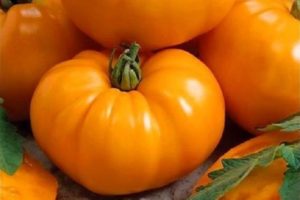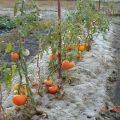Description of the tomato variety Three Sisters, and its yield
The choice of tomato varieties to be grown next year is always an important process for a gardener who is interested in the harvest and appreciates the result of his labor. Tomato Three Sisters is a culture that will impress the lover of tasty medium-sized fruits.
Description of the variety
The variety belongs to the early ripening category. After the appearance of the first shoots, 100 - 106 days pass until the tomato is fully ripe. The bush of the plant is quite powerful, semi-determinate, the height can reach one and a half meters. Grasshopping must be done, everyone who planted this variety of tomatoes knows this. The leaf is of medium length and has a deep green color. Tomato inflorescence Three sisters of intermediate type.
The plant forms clusters, each with 6 - 8 fruits, in some cases - up to 10. The location of the first inflorescence is above 8 or 9 leaves, and each subsequent one - after 1 - 2 leaves. Tomato Fruits Three flat-round sisters, slightly ribbed. An unripe tomato has a light green color; when ripe, the color changes to bright red.
The average fruit weight of the Three Sisters tomato is 150 grams. The fruit tastes sweet, with a moderate sourness. The number of chambers in the fruit is 4. The consumer qualities of the variety receive good reviews from experienced vegetable growers. The yield of the variety is at the highest level. With proper care on one square meter, the one who planted this tomato variety was able to collect up to 7 kilograms of fruit.
Tomato Sestra F1 is included in the State Register and is intended for cultivation in a greenhouse both in private backyards and in industrial volumes.
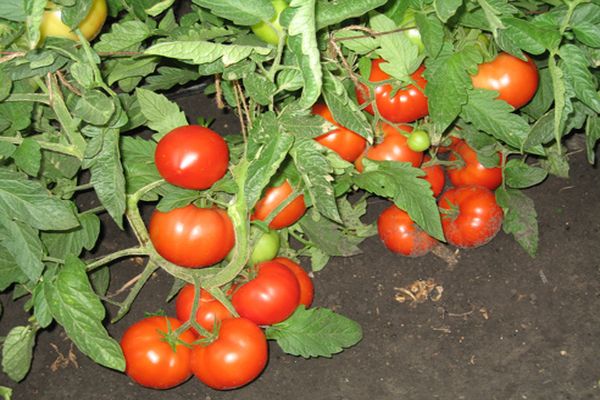
This becomes possible due to the excellent keeping quality of fruits, preservation of their presentation for a long time, excellent ability to transfer transportation over long distances.
The hybrid belongs to early maturing salad varieties. Tomatoes Three Sisters are used by those who planted them with equal success both in preservation and for preparing fresh salads, as a component of first and second courses. Do not exclude the possibility of pickling unripe tomatoes.
Pros and cons of the variety
As a true representative of the nightshade family, the Sister tomato has a lot of obvious advantages:
- excellent productivity;
- the ability to tolerate long-term transportation well;
- spectacular appearance;
- early ripening;
- universality of use;
- excellent taste;
- good keeping quality.
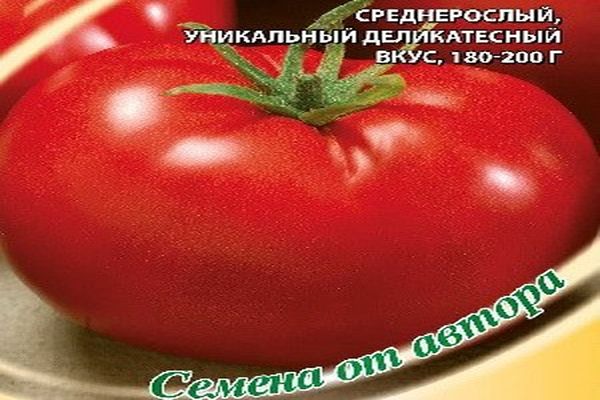
There are no obvious shortcomings by gardeners who have extensive experience in growing the Three Sisters, however, summer residents comment on the need to constantly tie up the bushes.A process such as pinching is also important for a good harvest.
Care features
The main feature of early varieties is a faster ripening rate compared to ordinary tomatoes. On average, it takes about days from the moment of planting the seeds to the removal of the first fruits. Under favorable circumstances, which include good weather conditions, properly applied top dressing and timely watering, the harvesting process can begin even earlier.
The concept of caring for tomatoes is quite broad. In most cases, the summer resident who planted the variety performs the following procedures:
- Watering tomatoes. You need to implement it in a timely manner. A moderate amount of moisture brings many benefits to the plant, which cannot be said about the consequences of over-watering. At the beginning of the ripening process, the Three Sisters tomatoes are especially sensitive to the quality of watering. With a lack of moisture, the leaves will begin to curl, the ovary will fall off, the remaining fruits will be small.
- Maintaining the air temperature required for tomatoes. If the parameter is below the required one, the flowering of the Three Sisters tomato may slow down or simply stop. If the mark on the thermometer in the greenhouse is higher than normal, the quality of pollen viability will decrease, which will lead to a decrease in the overall level of yield. In conditions of increased air temperature, fungal diseases multiply more actively, which makes the plant susceptible to the development of various diseases.
- Application of organic and mineral fertilizers. If the soil lacks any element, a delay in fruit ripening, a decrease in yield, and the death of a bush are likely. To avoid these consequences of a lack of trace elements, you should regularly make additional feeding. This must be done competently: tomato seedlings Three sisters need more phosphorus, and an adult plant may need more nitrogen. A plant in the stage of vegetative maturation is in dire need of such a trace element as potassium.
Do not forget about such features of tomato care as regular airing of the greenhouse, loosening or mulching of the soil, pinching and tying bushes.
Subject to all the rules, the culture will respond with active growth and a good harvest. This is confirmed by every vegetable grower who planted tomatoes in his personal plot.
Disease and pest control
There are a lot of diseases from which tomatoes can suffer. The list of the most common ones is as follows:
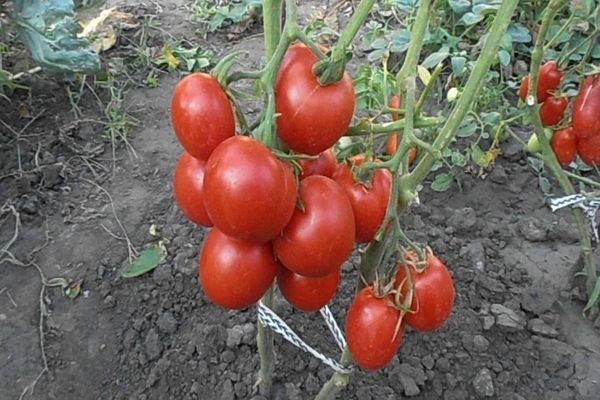
- Mosaic. It is accompanied by the appearance of spots on the leaves. Sick plants should be burned, and healthy ones should be sprayed with a urea solution.
- Late blight. A disease of fungal origin, which every vegetable grower is familiar with. The spots under the skin make the fruit unfit for human consumption. All preventive measures should be taken before the plant begins to bloom. Means such as "Barrier", "Oxyhom" help to prevent the disease well.
- Top rot. It appears as dry spots that shine a little. The main reasons are a lack of nitrogen, an excess of calcium. You can fight the problem with calcium nitrate.
- Alternaria. The first signs can be seen on the lower leaves of tomatoes. The leaves affected by dark spots begin to die off, over time, the disease affects the entire plant and leads to its death.
- Medvedka. An insect that moves along large passages located underground. Gnawing at the base of the stems, the bear causes the death of the Three Sisters tomato. Insect control is possible with the help of the "Thunder" preparation
In addition to the bear, tomatoes can suffer from pests such as gnawing scoop, whitefly, slug and spider mite. The fight against them is possible both with the help of chemicals and through folk remedies.

